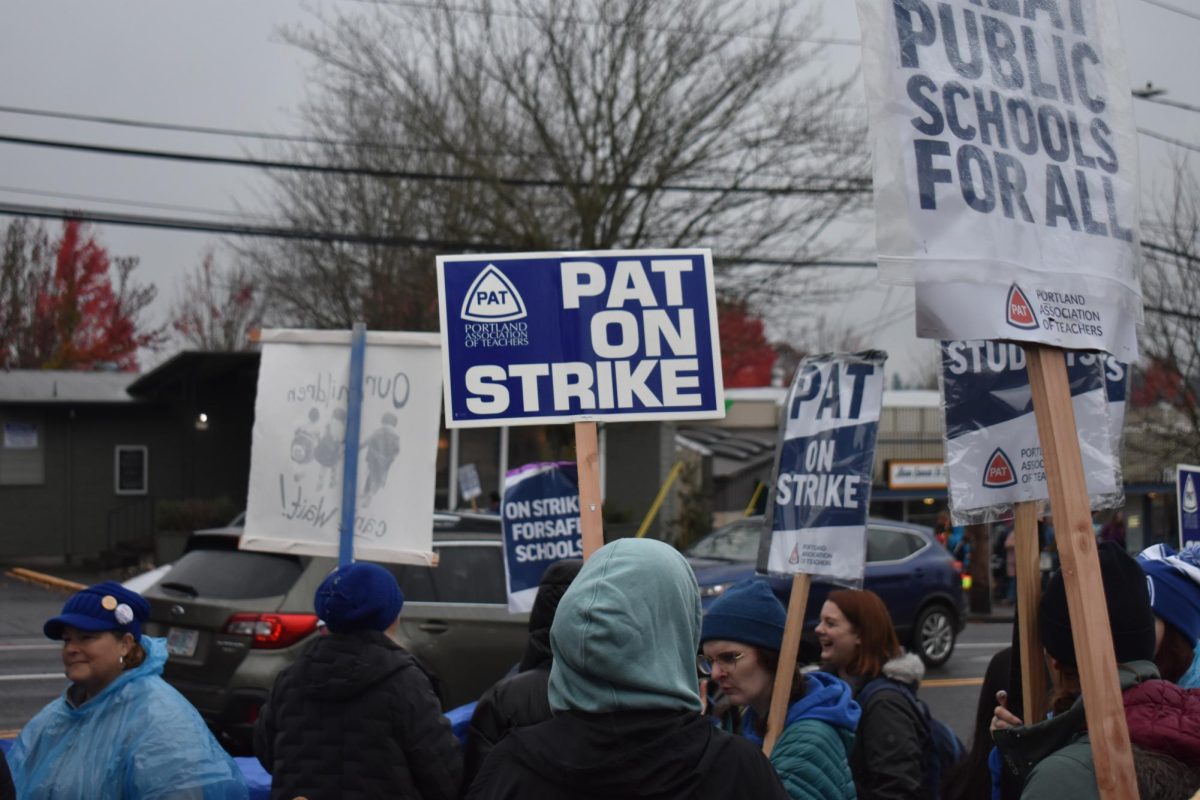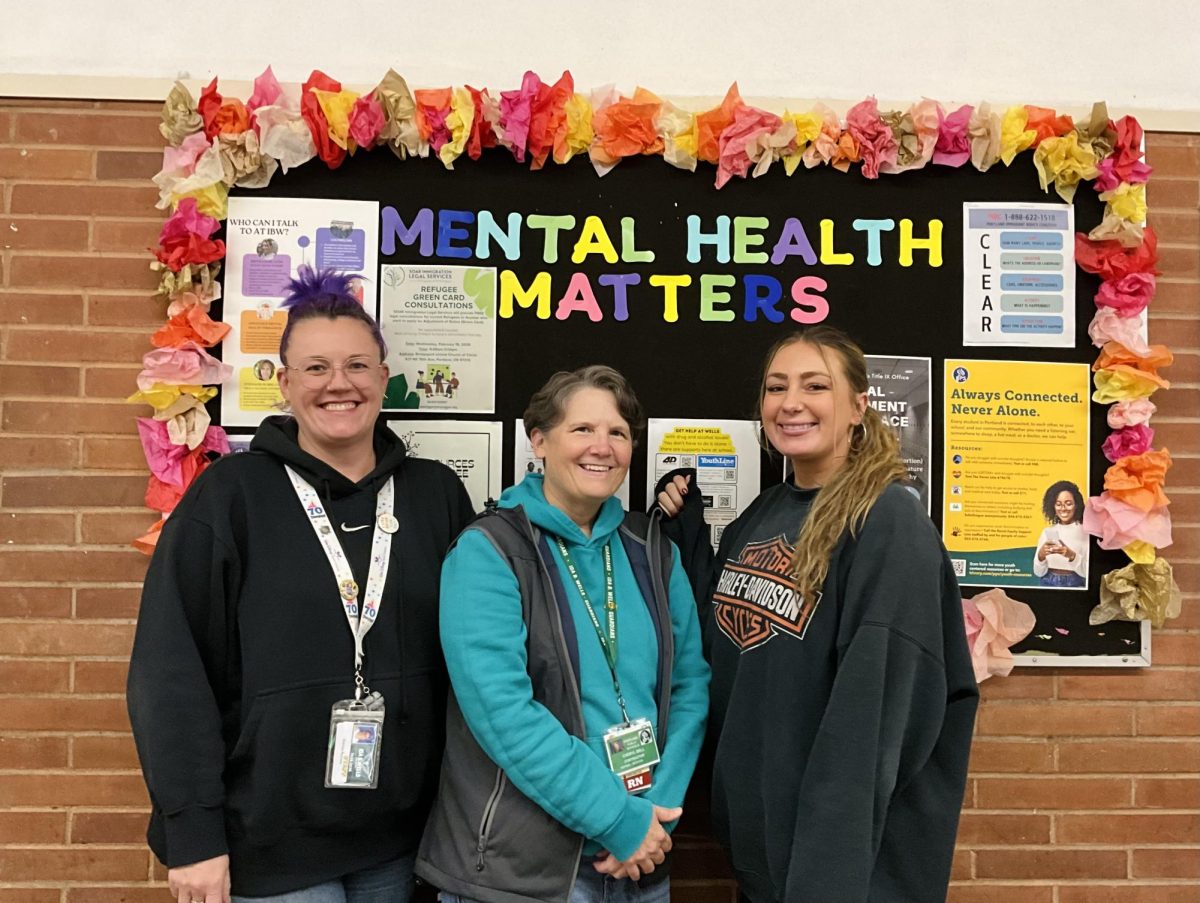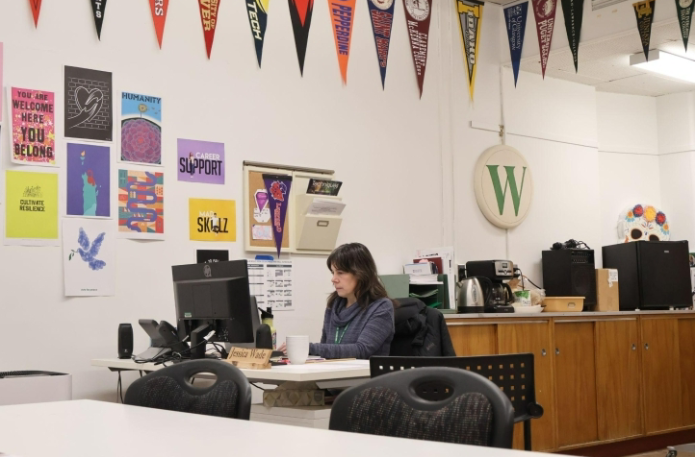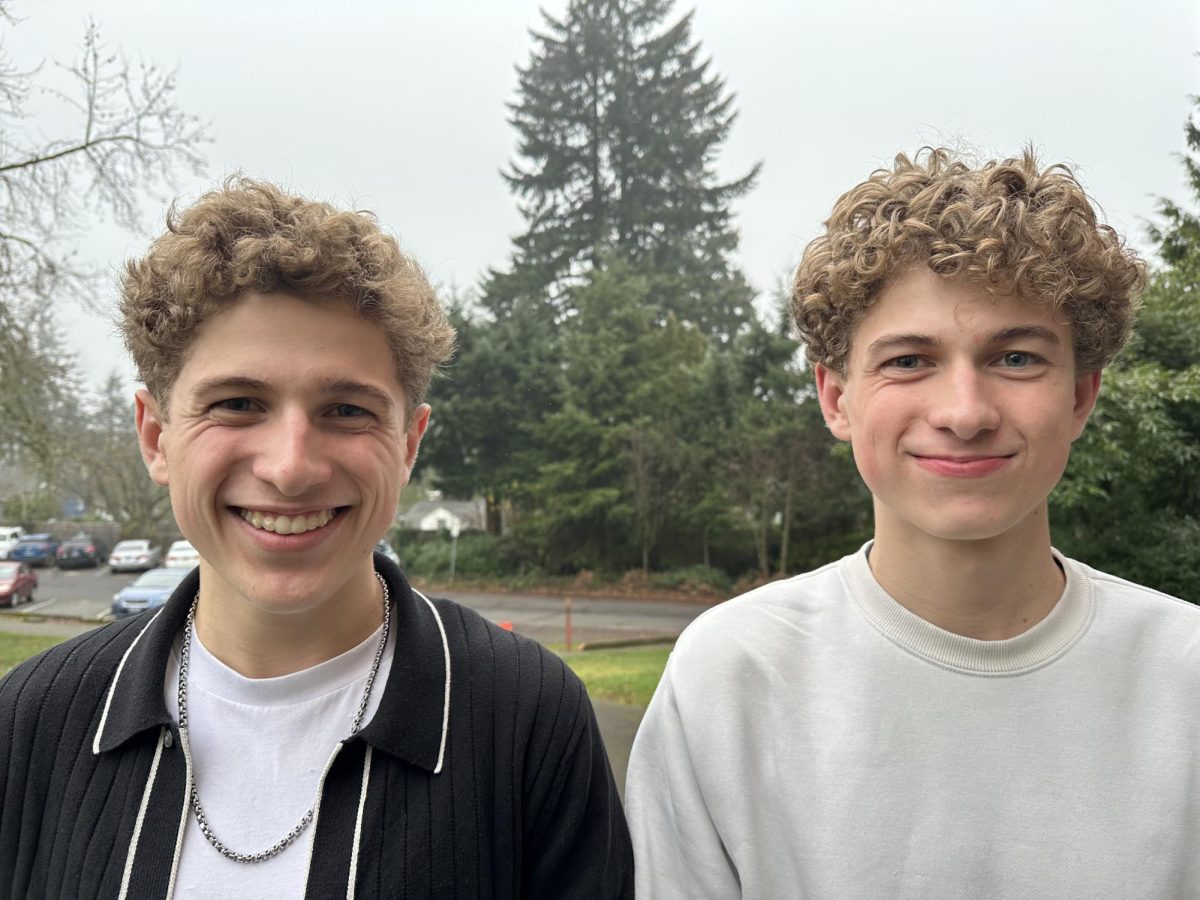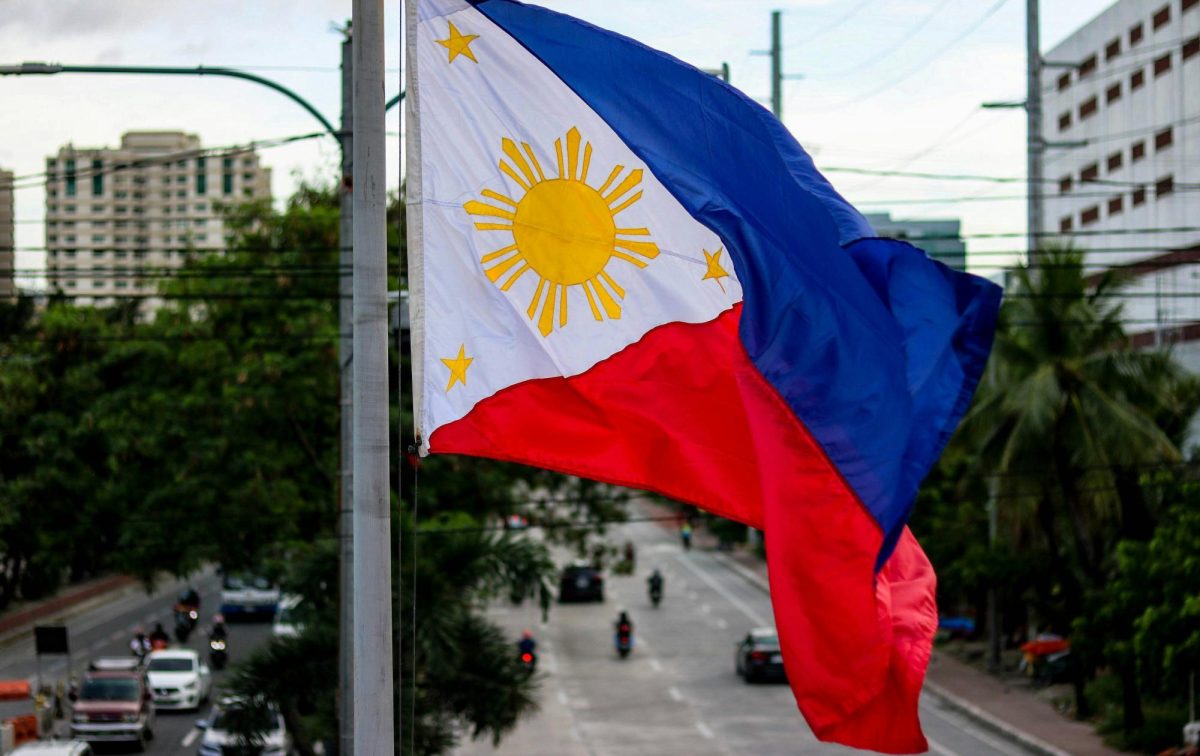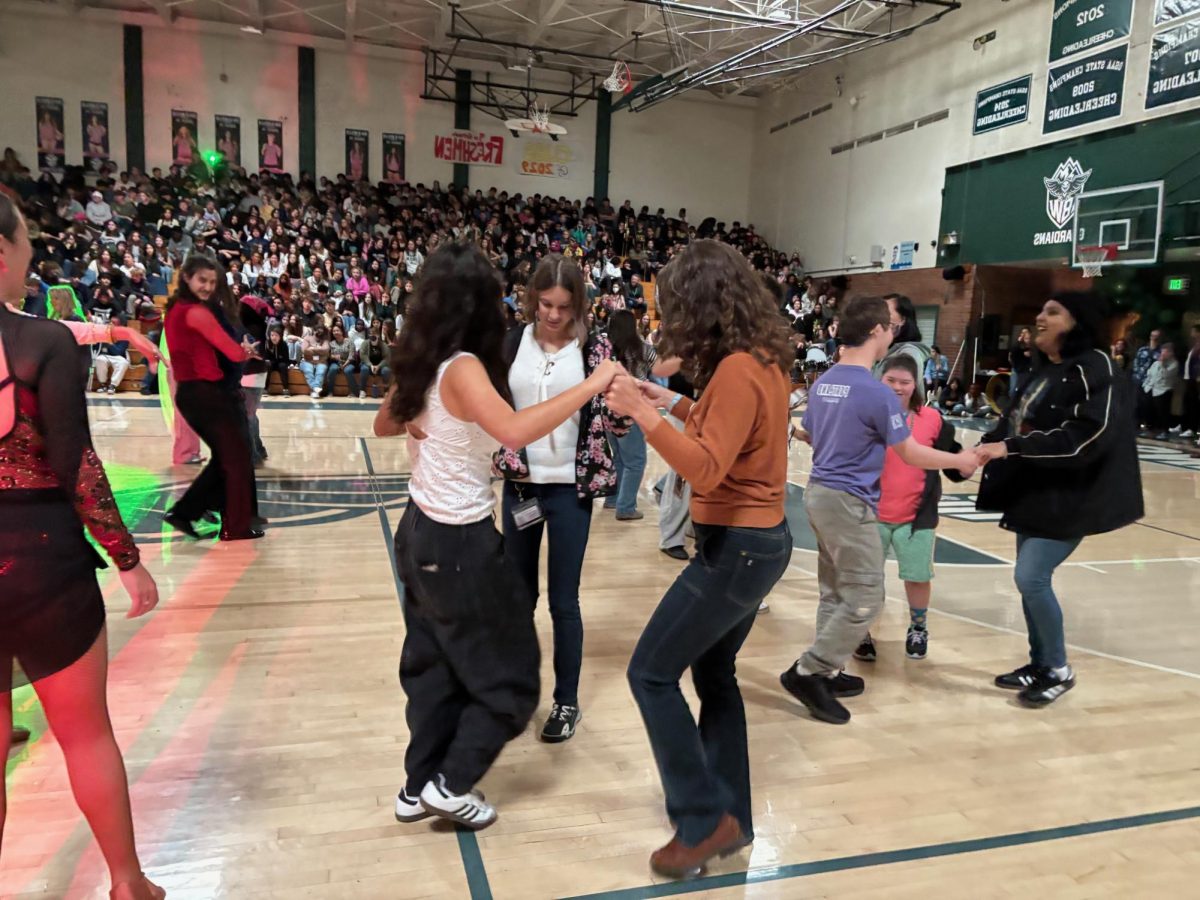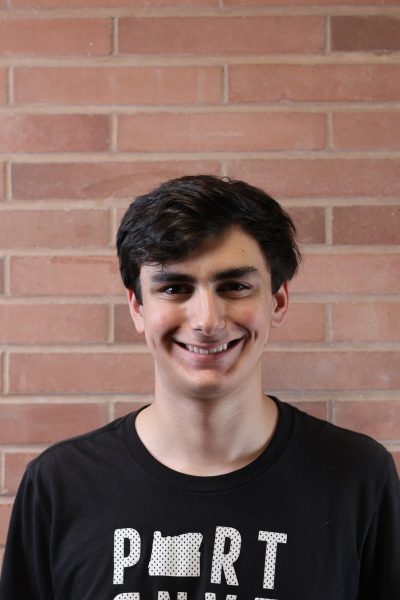The 2023-24 school year marks the first time the Portland Teachers Association (PAT) has gone on strike. However, this strike has been in the works for a long time, and Portland teachers have had problems with Portland Public Schools (PPS) well before 2023. In Feb. 2014, Portland teachers voted to strike, but the bargaining teams reached an agreement the night before the strike was meant to take place.
Teachers have long complained about issues with outdated buildings, heating issues, unrealistic class sizes and low pay. Union teachers have put up with these issues for as long as they could but reached a breaking point once they voted to strike on Oct. 19. Members of the PAT bargaining team were negotiating before the strike had happened, and were working on the new contract as early as June 2023, after the contract had expired that month. Bargaining had started even before the contract had expired, in preparation for the new contract.
Teachers walked off the job on Nov. 1, marking the first day of the strike. Over 4,000 educators were on strike and more than 45,000 students were not in school. Students, teachers and community members were unsure of the strike timeline, with no true predicted return to school.
Teachers didn’t strike without warning. The lead-up to the PAT strike began in January of 2023. The PAT’s “bargaining briefs” were posted on their website and described their goals for change in Portland schools, many of which were very similar to the issues confronted by the PAT during the strike bargaining. PAT and PPS bargaining teams met about every 2 weeks, with the rate of meetings increasing throughout 2023.
Teachers wore PAT blue shirts and “Working without a contract” pins often, especially after the 2023-24 school year had started. Rumors of a strike looming were increasingly common, with a vote to strike almost guaranteed as the PAT and PPS bargaining teams still had not reached a new contract after months of work.
On Sept. 15, the PAT “officially declared an impasse,” meaning that they had prepared a final offer before voting to strike. This brief explained how a strike was likely, as the district and the union were still miles away from an acceptable agreement.
On Oct. 19, PPS received notice from PAT that they had voted to strike, with 3,454 out of 3,492 (98.9%) voting “yes” — the strike would start on Nov. 1 if no agreement was reached by then. Little progress was made with the most notable update being made on Oct. 25, when PPS presented PAT with a small student-centered package.
Yet what progress had been made on Oct. 25, was quickly backtracked by PPS. On Oct. 30, the PAT bargaining team requested that district management bring PPS board members to that night’s bargaining table. PPS replied that it wasn’t possible.
On the evening of Oct. 31, it was announced that no agreement was met and all PPS schools would be canceled the next day. This was after PAT received a proposal at 2:30 p.m. that didn’t live up to expectations held by the PAT bargaining team.
The cost of living adjustment (COLA) saw no changes, with an overall 8% reduction when compared with the rate of inflation. The language was changed from the previous proposal to make it seem like more planning time was being offered, but the proposal’s wording allowed for the time to be used for meetings unrelated to planning; resulting in less planning time than before. PPS also continued to refuse to bargain over class sizes and mental health support(s) for students.
The PAT also hoped to see guaranteed support of students who engaged in both acts and threats of violence, so that those students weren’t allowed to, “slip through the cracks.” PPS did not meet the PAT’s expectations.
Beyond support for students and teachers, the PAT bargaining team also wanted to see more progress made in the proposal surrounding environmental safety in classrooms. Instead, the proposal didn’t guarantee a change to the existing conditions and would ultimately result in each school’s principal deciding whether or not their school would enforce changes.
Language changed and already agreed upon in the Special Education section of the previous proposal was removed on Oct. 25. These already-reached agreements became contingent on the elimination of current contract rights listed in Article 18. This gave PPS bargaining leverage against PAT.

On the morning of Nov. 1, picketing began. School centralized pickets occurred during the morning, and in the afternoon PAT members from all across Portland came together, uniting their voices.
On the second day of picketing, Nov. 2, Ida B. Wells’ teacher and School Strike Captain, Joy Root, gave a speech on classroom temperatures. Pickets continued on Friday before taking a break for the weekend. Then began again on Monday, Nov. 6.
Wednesday, Nov. 8 was day six of picketing. The afternoon rally led to picketers filling up the Oregon Convention Center, where board member, Andrew Scott, was having a meeting. Picketing continued on Thursday but paused on Friday for Veterans Day.
Bargaining continued over the weekend and on Sunday, Nov. 12, PPS and PAT exchanged mediation supposal packages. Progress was made but PPS and PAT still had a ways to go to reach an agreement. The biggest disparity was between planning time, class size, COLA, mental health support and safe schools.
Planning time: PAT asked for 176 instructional days for all grade levels, four and a half planning days and four grading days. PPS returned with 177 instructional days for high school students and 176 for all other grades. All schools would have four grading days, but high school teachers would only receive three and a half planning days, all other grades would receive the four and a half days of planning time PAT requested.
Class Size: PAT requested class size caps at 26 students per kindergarten class, 28 students per first-grade class and 29 students per second to fifth-grade class. Middle school teachers would have caps at 165 students total and high school teachers would have caps at 190. According to the PAT, these caps are to allow teachers to support their students as best as possible. Teachers were unable to do their jobs effectively and meet each student’s unique needs with their large class sizes. PAT received “crickets” for this request.
COLA: PAT requested a total increase of 18% for their cost of living — 8.5% increase the first year followed by a 5.5% increase and a 4% increase. PPS stuck by their 10.5% increase over the three years, but due to inflation, PAT calculated this to be an 8% decrease. PPS also added a one-time stipend of 1.5% of their base salary for educators who were not granted a step increase during the 2023-24 contract year. For educators who did receive a step increase, the stipend was reduced to 0.5% for base salary.
Mental health support: PAT requested that mental health and Rapid Response Teams be created for each of the nine school “clusters.” PPS returned by increasing the current Rapid Response Team for the entire district from four people to a twelve person team. This change would only be made for the 2024-25 school year. PPS’ proposal would not meet students’ needs or support them in the time of a crisis.
Safe Schools: PAT hoped to see a comprehensive plan that reduced and mitigated the hazards and facility issues that currently exist in PPS buildings. PPS instead expanded the role of building Safety Committees.
Monday, Nov. 13 marked day eight of picketing and a vote of no confidence from Superintendent Guadalupe Guerrero was being pushed. The next day the PAT’s bargaining team met with PPS’s bargaining team. “The district also provided updated supposals on four articles,” the PAT wrote in an email sent to PAT members and anyone who signed up for their email updates. “Of these four, we were able to provide counters on two and two are ready for a tentative agreement.”
That same day, PAT presented a proposal for settlement, which would close gaps of $121.6 million dollars over a period of 3 years. On Nov. 15, the financial plans shared between the two parties the previous day were reviewed.
PAT awaited a settlement package but they never received it. Instead, they received a small package from the district; yet it did have noticeable improvements from the previous one. The two teams remained divided on COLA, class sizes and mental health resources and support. Through Nov. 16-18, PAT and PPS bargaining teams spent full days bargaining over wording in different articles, but mainly Article 8, which looked at the workload of teachers. On Nov. 16, PPS threatened to remove district-provided health care. While this was just a threat, and teachers have district-offered health care through the end of December, the threat seemed plausible to many and led to several pickets where PAT members brought photos of their families to show the district that they were people, and it would be inhumane to take away their healthcare.
On Nov. 20, the PAT announced they had come to a tentative agreement with PPS the previous night after 24 hours of bargaining. Yet, the same announcement read that the PPS board had unanimously rejected the settlement sent to them by their own bargaining team, delaying the strike further.
Wednesday, Nov. 22, PPS and PAT agreed to a media blackout, at PPS’s suggestion. On Friday of that week, the PAT announced that PPS had backtracked on this agreement. What was previously an almost settled contract was becoming more and more drawn out.
On Nov. 25, the PAT announced that they were close to a proposal that would have students back as early as Monday, Nov. 27.
Over Thanksgiving, board members of PPS and PAT worked with a mediator, and by Sunday, Nov. 26, PPS and PAT bargaining teams came to a tentative agreement, with a plan for students to return to school the next day — Monday, Nov. 27. The announcement was sent to families at 4 p.m. and sent to teachers later that night.
After a two-hour late start to give teachers a chance to prepare for the day, and to ask any questions to administration that they needed answered, students flooded schools, seeing friends and teachers for the first time in 27 days. While students and teachers alike rejoiced to be back, teachers were still working without a contract, as they hadn’t voted yet.
Ballots were supposed to be delivered to schools before classes started on Nov. 27, but some schools faced delays and didn’t receive ballots until after students arrived. Union activities are not supposed to happen during school time, but hoping for a fast turnaround, union members were allowed to vote during planning periods. Polls were closed the following day and picked up in the afternoon. If the contract wasn’t approved, teachers could vote to strike again, giving a ten-day notice.

Once all the ballots had been tallied, they reflected an approved contract, with 93.7% of union members voting and 94.7% of them voting “yes” — resulting in a total of 88.7% of union members voting “yes”.
The contract improved language surrounding class sizes and caseload caps, when sizes exceed set student caps, increased bonuses will be given to those teachers to hopefully reduce the amount of oversized classes. The ability to have shared decision-making committees of parents and educators was added with this new contractual language as well. Access to the bilingual stipend was made more accessible. The contract held PPS’ and the PAT’s first article on special education, a big win for many who’ve been waiting to see the language changed for years.
COLA increased by a total of 13.75%, with the first year seeing a 6.25% increase, the second year a 4.5% increase and the third year a 3% increase.
For students, the contract is increasing mental health support and access across the district. Planning time for elementary and middle school teachers is set to increase starting in the 2024-25 school year — with a new set standard of 410 minutes of planning time each work week. For middle school students, this time will be found in one free standard period each day, and for elementary teachers, a block of 40 continuous minutes will be provided. Safety concerns such as vermin, unhealthy classroom temperatures and mold were also addressed in the contract.
Funds for the strike agreement conditions will have to be found somewhere. PPS wants the money to come from the state “kicker,” a program in which the state gives extra taxpayer money back to the taxpayers. However, this option is unpopular with Oregonians, who have expected this extra money every year. The kicker this year is expected to total $5.6 billion, or approximately $2,100 per Oregonian.
PPS is also calling upon the legislature to give more money to schools. At a PPS board meeting on Nov. 28, Andrew Scott said, “We also got a contract that we cannot afford. And we cannot afford it because the governor and legislature have failed to adequately fund education in Oregon.”
With any strike, there are mixed views with the outcome. Some believe that any progress should be celebrated, and others are frustrated that they went on strike for so long and seemed to get nothing in return.
“In this contract, we achieved about 40% of all our goals. To many, this felt like a loss and they are frustrated,” said Andrew Butterfield, strike organizer and IBW ceramics teacher. “Having been very close to the bargaining team and watched negotiations firsthand, I saw how the management team worked and I realized there was little hope of getting much from this superintendent and school board. To me, getting 40% of what we asked for was a miracle achieved by the dedication of our teachers on the picket line and the support they received from parents and students in our community.”
While PAT union members didn’t win all of what they came in asking for, they set a statewide precedent that will impact school districts all across Oregon. The strike exposed how much money is spent on administrators compared to teachers and educational and mental support staff — with 6% being spent on administration compared to other districts with 2 to 3%.
The strike caused students to miss 11 instructional days, which are being made up over the remainder of the school year. The first of the days being made up will replace the first week of winter break, Dec. 18-22. This is to make up for more days during the first semester. The next days being replaced with school days are Jan. 26, Feb. 19 and April 8, 2024. Three days were also added on to the end of the school year extending it from June 12 to the 14.
While many students, families and teachers are disappointed that their winter break is shortened, and “extra” days were added in the spring and winter; it didn’t remove the excitement that filled hallways of schools across PPS.
As of December 11, 2023, PPS announced that Superintendent Guadalupe Guerrero would be stepping down. Guerrero’s last day will be Feb. 16, 2024, the district is currently looking for someone to fill the position. Upcoming months for students, teachers and community members a part of PPS will be filled with excitement and change as the new Superintendent is announced and the new contract is carried out.


